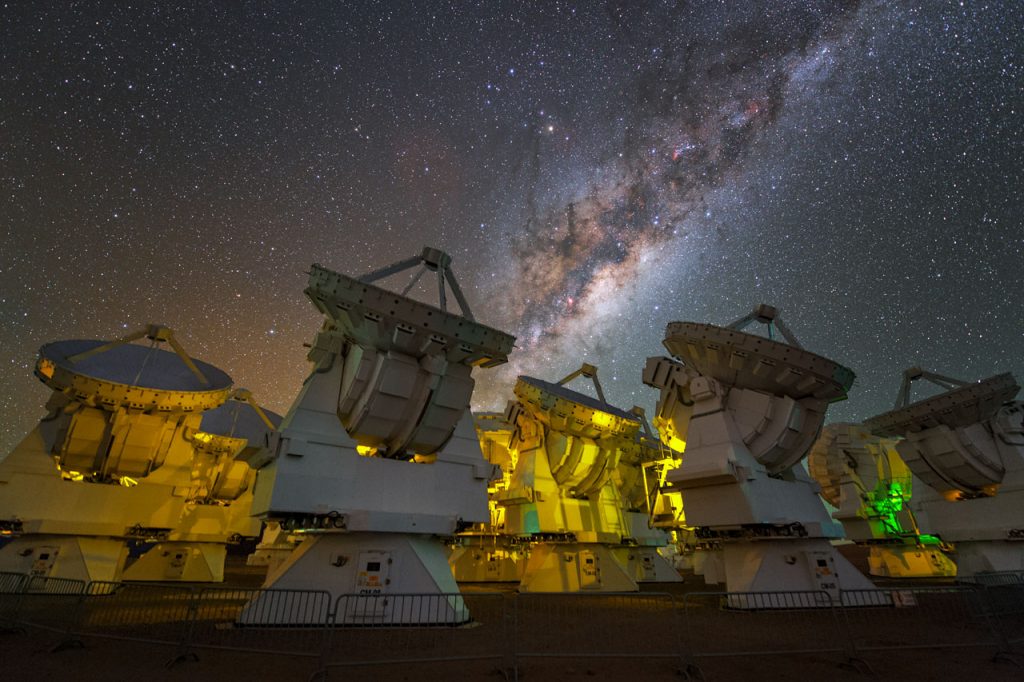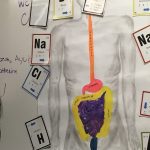Use the following links and activities to learn more about astronomical data:
TELESCOPES
Video #1: James Web Telescope from Getting Smarter Everyday
Video #2: WEBB Elements
Video #3: Elements of WEBB _ BERyllium
Video #4: JWST
NASA Science SPACE PLACE – James Webb Telescope
Science Facts Doppler Effect: NASA _ Goddard Space Flight Centre
Stargazing – Radio Podcasts (5 Episodes)
NASA’s Cassini spacecraft discovered hydrogen in the plume of gas and icy particles spraying from Saturn’s moon Enceladus.
Video: The ingredients for life at Enceladus
Reading Assignment #1: What is space radiation? Where does radiation come from? How does space radiation alter earth DNA?
Building Assignment #1: How are radio waves used to gather information about the universe? Note #1: EMS = electromagnetic spectrum; an electric field gives us light. Radio waves are long wavelength light. The human eye cannot see this from of light energy.
The early universe had only high energy, short wavelength, high frequency rays known as gamma rays. As the universe expanded that light got stretched along with the universe until eventually it reached the x-ray and the ultraviolet range and the visible range of light.
This was a long time ago – (Billions of years ago) before the formation of our universe. Eventaully this light got stretched (as the universe continued to expand and grow).
In all directions we are surrounded by low energy long wavelength microwaves that we cannot see. To the human eye the universe is black. If we had retina that could see microwave light, the universe would be bright.
ALMA detects radio-waves. ALAMA radio telescopes detects an alternate universe. ALMA opens up a window into the radio end of the EMS.
This is important since stars and planets form from low energy wavelengths.
Building #1: Build a paper model of the antenna from a Radio Telescope from ALMA

This image shows an aerial view of the Chajnantor Plateau, located at an altitude of 5000 meters in the Chilean Andes, where the array of ALMA antennas is located. The large antennas have a diameter of 12 metres, while 12 smaller antennas with a diameter of 7 metres make up the ALMA Compact Array (ACA). On the horizon, the main peaks from right to left are Cerro Chajnantor, Cerro Toco, and Juriques. This photo was taken in December 2012, four months prior to the ALMA inauguration.
Canada Space Agency – Learn more about CanadaArm 2
Learn more about Canada’s role in Space Exploration – as envisioned on the five dollar bill
How to calculate the payload of a rocket:
Student Guide – #1






